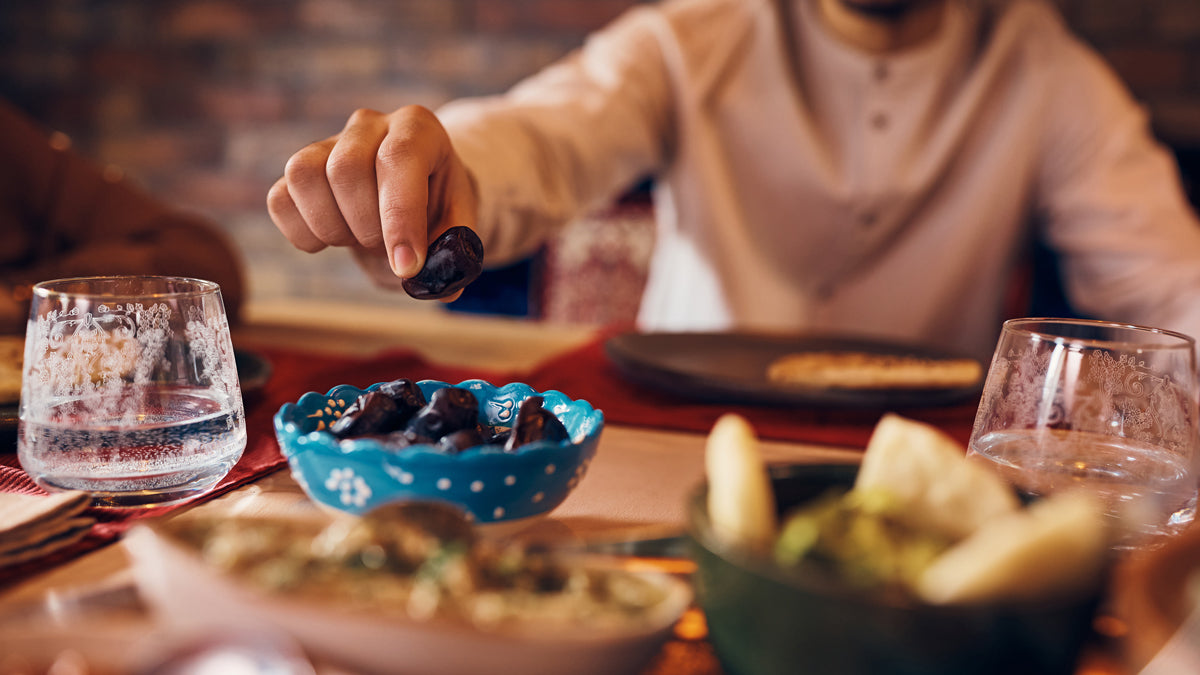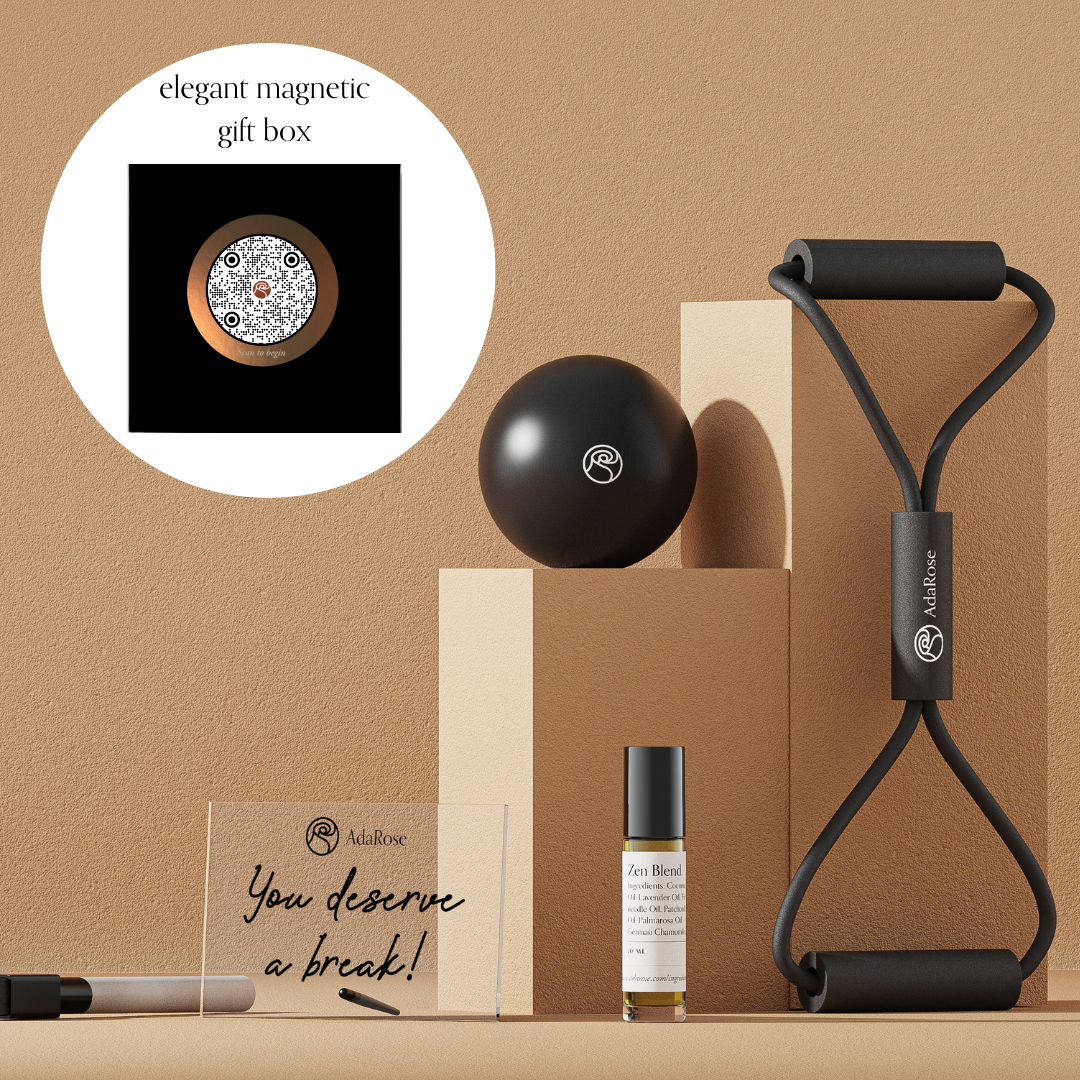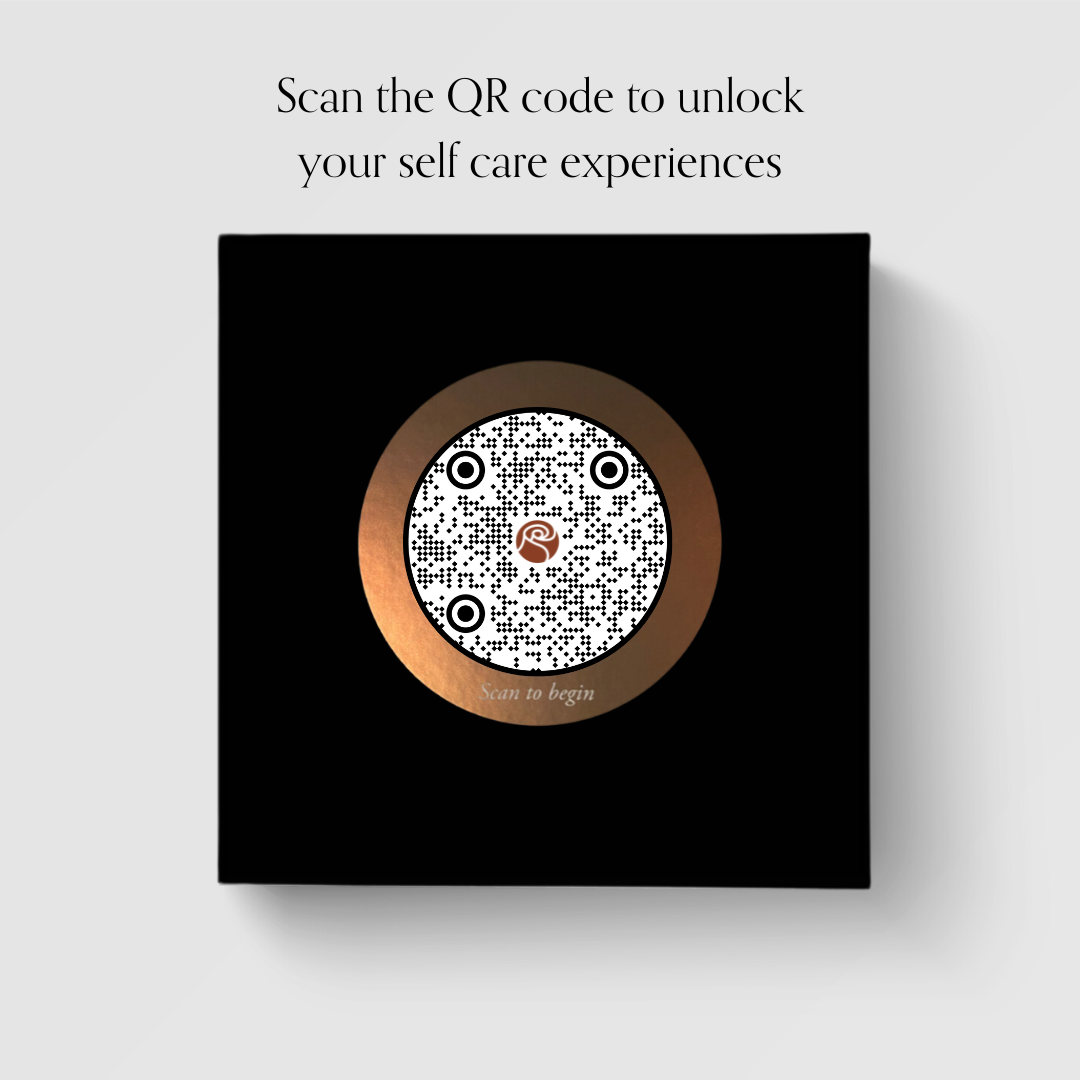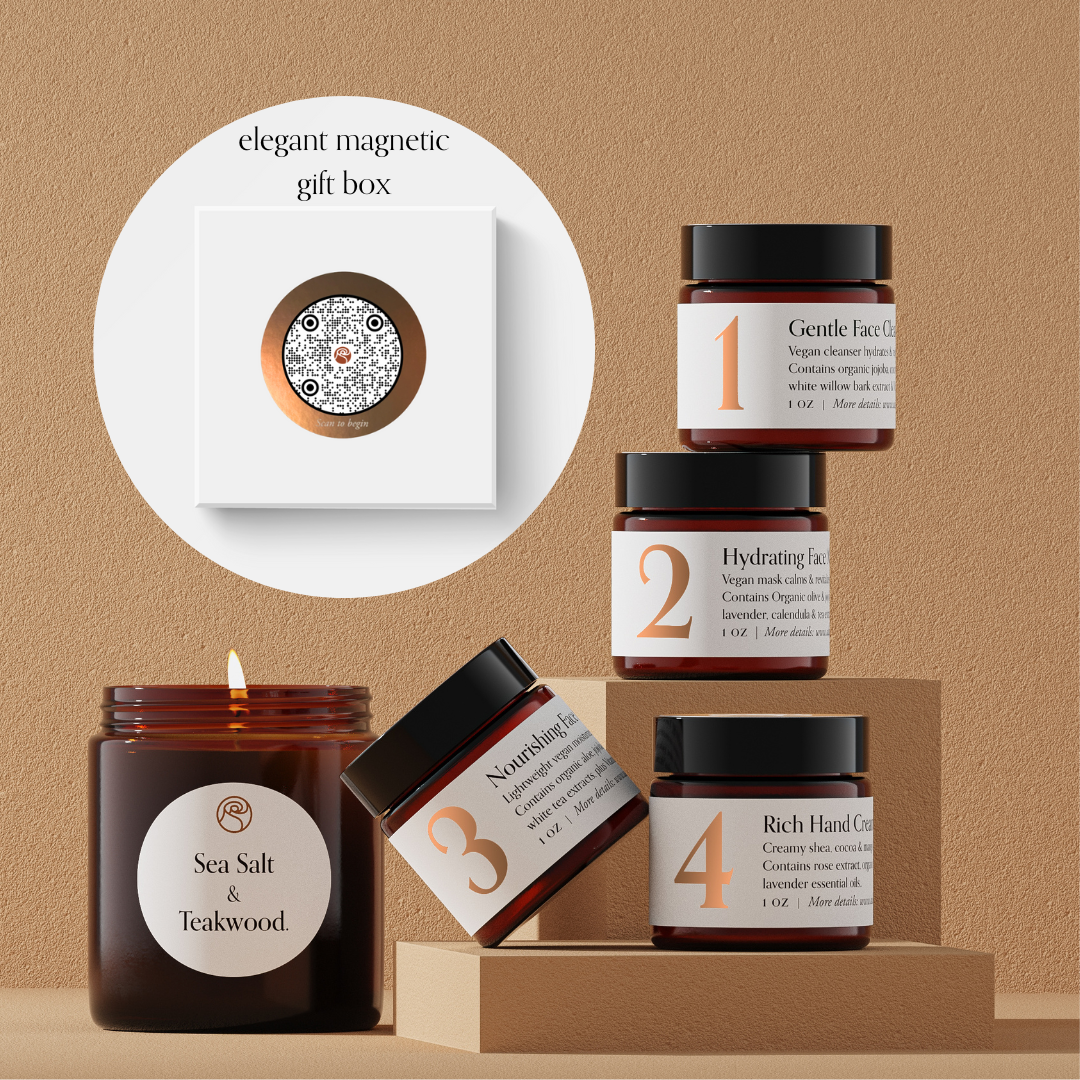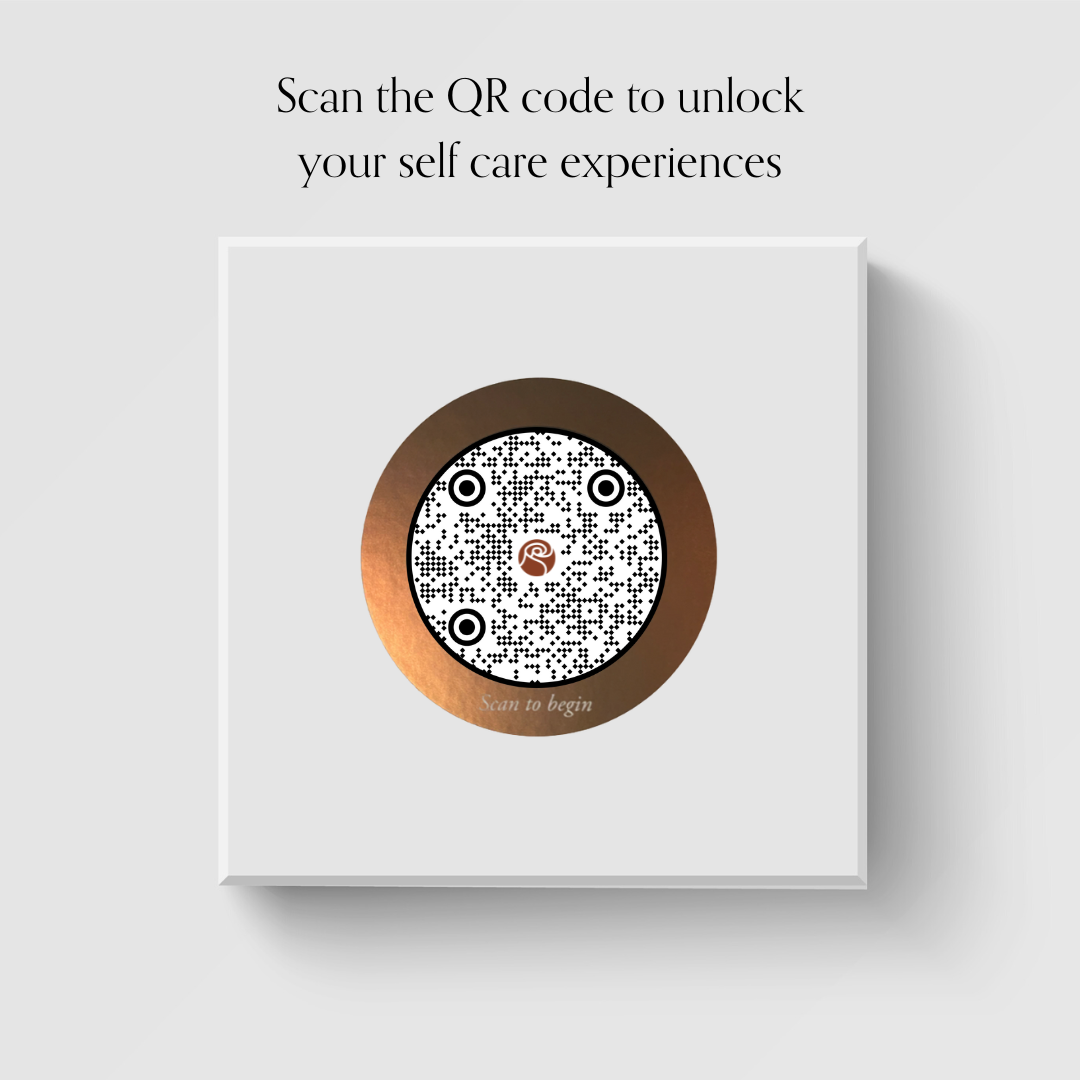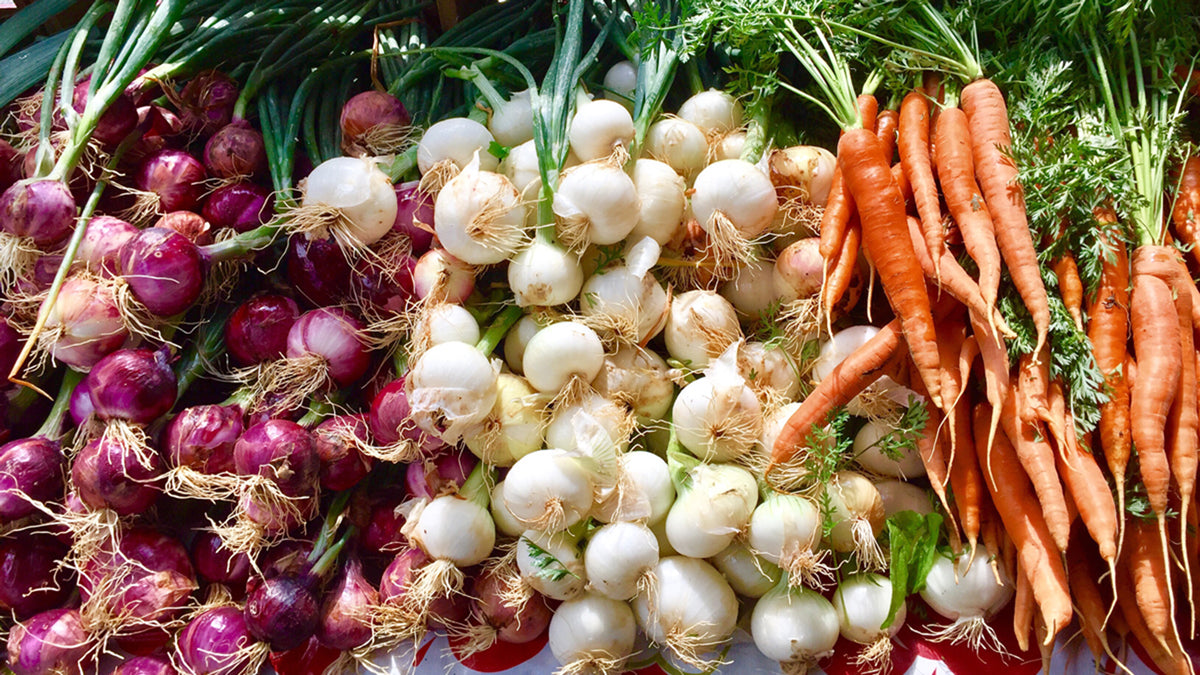Eating healthy during the holidays can be a real challenge when you’re surrounded by festive treats including peppermint bark, cookies, eggnog, pies, latkes, and more. What’s your favorite holiday food?
Enjoying the flavors of the season is part of life. But easy access to not-so-healthy food and alcohol this time of year can set the stage for mindless eating and drinking.
So what’s really going on when we start reaching for a third sugar cookie without giving it a second thought?
According to the National Center on Health, Physical Activity and Disability (NCHPAD), these five key factors play into mindless eating:
-
Boredom, which may lead you to eat when you’re not hungry
-
Eating in a distracted state (like when you’re watching TV)
-
Lack of awareness when it comes to portion sizes
-
Emotional eating, including eating to comfort yourself
-
External prompts like commercials and other food advertisements
In addition to the unpopular but common one-to-two pounds of holiday weight gain, there are other risks associated with mindless eating. For instance, studies show unconscious eating patterns are linked to obesity and anxiety.
Thankfully, there are ways to strengthen your mindfulness skills to help you feel more in control of your nutrition decisions during this time of the year. Focusing on mindfulness can improve your digestion and overall gut function as well as your eating behaviors. As an added bonus, mindfulness can also contribute to a variety of other aspects of your physical and mental health.
Surprising Holiday Nutrition Tips
Before jumping into mindful eating practices, let’s take a look at some proven nutrition hacks to help you feel satisfied without raiding the cookie jar.
Don’t go too long without eating. There may be benefits to fasting, but going too long without food can leave you hungry and reaching for low-quality food for a quick fix. Instead opt for a balanced breakfast and simple snacks.
Turn off the TV. Researchers from the University of Minnesota found that families who turned off the television during meals were more likely to eat nutritious foods and enjoy the meal. Eating with the TV on–even for background noise–was linked to a greater risk of eating unhealthy meals such as fast food.
Stay hydrated. In one study, people overwhelmingly reached for food when they actually needed water. If regular water is too bland for you, try adding frozen berries instead of ice cubes to make it more flavorful.
Bonus Tips for Eating Healthy During the Holidays
Healthy eating patterns involve more than just focusing on food. Your surroundings and how you manage stress matter, too.
Declutter your space. Working in a messy kitchen can lead to overeating, according to a Cornell study. Women who felt “out of control” in a cluttered kitchen tended to eat twice as many calories from cookies compared to women working in tidy kitchens.
Focus on de-stressing. Reaching for something salty or sweet is a common way to counterbalance stress. Instead of reaching for empty calories, try practicing self care. Gentle yoga, going for a short walk, and using the AdaRose Spa in a Box for guided mindfulness sessions are all ways to invite relaxation into your life.
Set yourself up for success. Your schedule may seem out of control, but here’s one thing you do have jurisdiction over–your home environment. Get organized in the new year by avoiding keeping excess unhealthy comfort foods such as ice cream, chips, and alcohol in your home. Instead, keep fiber-rich fruits, vegetables, and nuts on-hand.
Mindful Eating Exercise (To Do During the Holidays)
Mindful eating is a compassionate approach to eating with a focus on listening to your body’s internal cues. It’s about slowing down to savor and celebrate food that brings good health. The focus isn’t on a number on the scale, deprivation, fad diets, or guilt.
One definition of mindful eating is “a non-judgmental awareness of physical and emotional sensations associated with eating.” However, when you’re used to eating in a hurry, it may be a struggle to transition into a mindful eating headspace. Here’s how to get there.
Create a new food ritual. Dr. Susan Albers, psychologist and best-selling author of EatQ, suggests creating a new food ritual that improves your diet. This is a conscious action. It may sound too simple (or strange) to work, but it’s backed by scientific research. Eating foods in a specific manner over time can improve both mindfulness and enjoyment.
Albers says cutting or peeling food in a certain way, always saving the best food for last, saying words of gratitude before eating, or eating in a specific place at a specific time are all ways to create new food rituals. For more ideas about creating a new food ritual, check out Albers’ free resource.
Switch it up. Slowing down is a hallmark of mindful eating, but it’s often easier said than done. One easy way to decrease your eating speed is to switch the utensil to your non-dominant hand, according to Cleveland Clinic.
Holiday stress on top of an already hectic schedule can make it difficult to resist overeating, particularly when unhealthy but delicious treats are easily available. Finding a mindful eating exercise that works for you, though, is a gift that takes only minutes a day, and could reframe your relationship with food in a positive way well beyond the holidays.

